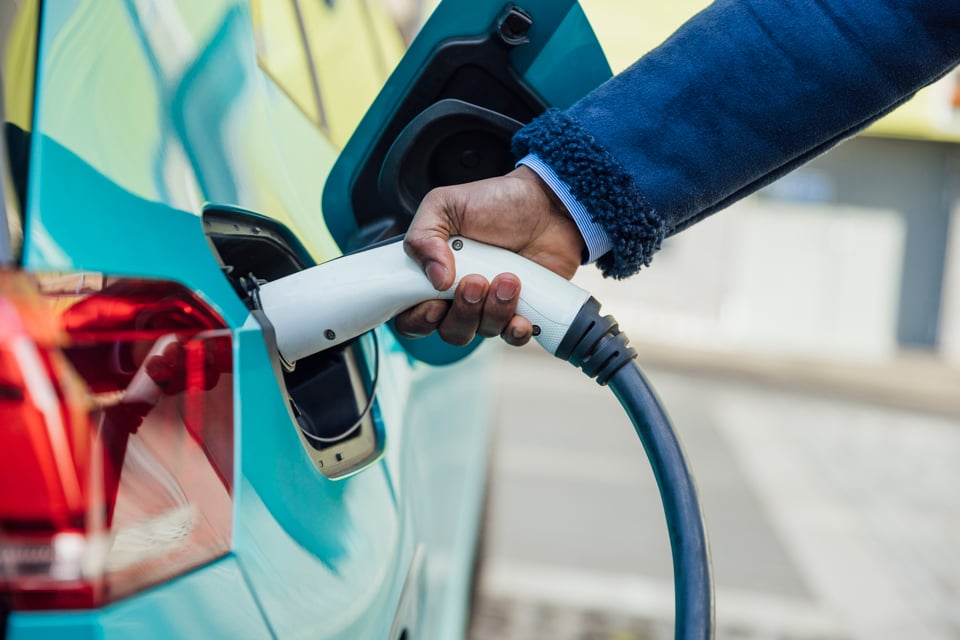Employers need to be wary of introducing company car policies which only allow employees to choose electric vehicles (EVs).
That’s according to Volkswagen Financial Services (VWFS) Fleet, which says that fleets could be putting their sustainability goals at risk if they do not handle EV adoption carefully.
David Watts, fleet product manager for electric vehicles at VWFS Fleet, said: “Although the transition to EVs is a future inevitability, for many fleets, this is still a work in progress.
“If employers push EVs too quickly, without a clear and effective driver adoption strategy and policies in place it can have a number of unintended adverse sustainability consequences.”
Watts explains that there will be drivers who do not want an EV or who might feel it is too difficult to live with. “If employees feel pushed into having an EV before they’re ready, and there’s a cash allowance alternative in place, there’s a chance they’ll opt out of the EV scheme and choose this instead,” he added.
“This is obviously concerning, as employers have less control over the vehicles employees choose under a cash allowance scheme, and the average vehicle selected will typically be significantly older and more polluting than those offered under company car schemes. A lot of that is down to cost.”
He argues that, while an EV-only car scheme on paper looks great for reducing a business’ Scope 1 (direct) emissions, employers are likely to actually see an increase in Scope 2 & 3 (indirect) emissions instead.
“The net result will actually likely see businesses worse off from a sustainability perspective than if they’d allowed people to access an ICE through the company car scheme in the first place,” he said.
Instead of pushing for EV-only company cars at this stage, Watts suggests there are a number of alternative strategies that employers can adopt to reduce all emissions (beyond just Scope 1) more effectively.
“Importantly, resolving this issue isn’t just about removing the cash allowance benefit, as this can have a number of adverse effects on employee engagement,” he said.
“Instead, employers should look at how they can add an element of control to the vehicles they allow to be driven for business purposes.
“For example, this may include tightening up the criteria of vehicles that employees can claim mileage on by introducing a maximum age and maximum emissions.”
Ultimately, says Watts, getting EV adoption right is all about driver engagement.
“Employers need to be proactive about this by gathering feedback from employees, conducting surveys and educating drivers on EVs and the reality of living with them,” he said.
“They also need to openly communicate the benefits of EVs and take the time to carefully dispel the myths surrounding them.”
“Once you have driver buy-in, you can begin to increase EV uptake through company car schemes, without risking an increase in the uptake of cash allowance schemes,” he concluded.





















Login to comment
Comments
No comments have been made yet.